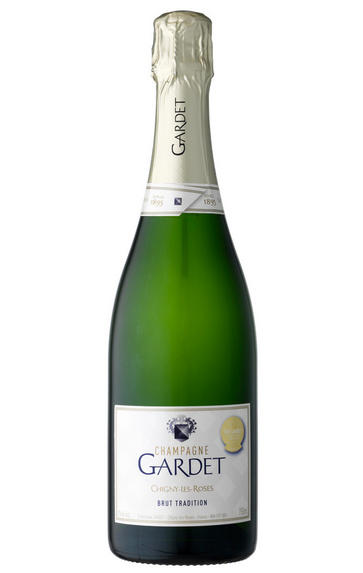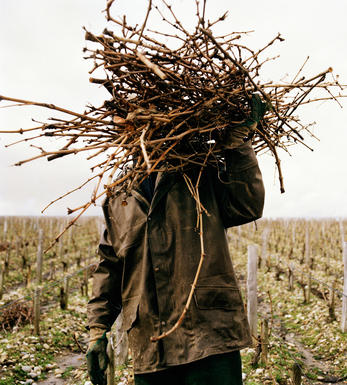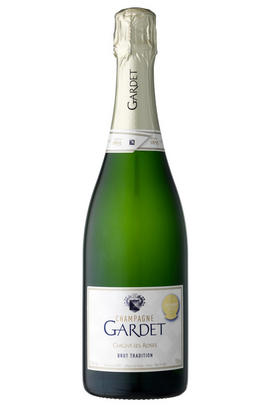
Critics reviews
(Matthew Jukes, Six of the best, Daily Mail, Jan 2014)
About this WINE

Champagne Gardet
Champagne Gardet was established in 1895 by Charles Gardet in Chigny-les-Roses, just south of Reims. It was sold to the Prieux family in 2007, who have invested in the business, but wisely retained the features of the style of wine made over the years, only refining it to be a little more forward-drinking with more fruit freshness and balance.
The house owns around 7 ha of premier cru vineyards around the home village of Chigny-les-Roses, Ludes and Rilly la Montagne, the fruit going to the best cuvees in the 1.2 million bottle annual production. The long tirage time and the use of a high proportion of reserve wine has marked the house style, and in fact is a distinguishing feature of Champagne Gardet.

Brut Champagne
Brut denotes a dry style of Champagne (less than 15 grams per litre). Most Champagne is non-vintage, produced from a blend from different years. The non-vintage blend is always based predominately on wines made from the current harvest, enriched with aged wines (their proportion and age varies by brand) from earlier harvests, which impart an additional level of complexity to the end wine. Champagnes from a single vintage are labelled with the year reference and with the description Millésimé.
Non-vintage Champagnes can improve with short-term ageing (typically two to three years), while vintages can develop over much longer periods (five to 30 years). The most exquisite and often top-priced expression of a house’s style is referred to as Prestige Cuvée. Famous examples include Louis Roederer's Cristal, Moët & Chandon's Dom Pérignon, and Pol Roger's Cuvée Sir Winston Churchill.
Recommended Producers : Krug, Billecart Salmon, Pol Roger, Bollinger, Salon, Gosset, Pierre Péters, Ruinart

Champagne blend
Which grapes are included in the blend, and their proportion, is one of the key factors determining the style of most Champagnes. Three grapes are used - Pinot Noir, Chardonnay and Pinot Meunier.
26% of vineyards in Champagne are planted with Chardonnay and it performs best on the Côtes des Blancs and on the chalk slopes south of Epernay. It is relatively simple to grow, although it buds early and thus is susceptible to spring frosts. It produces lighter, fresher wines than those from Burgundy and gives finesse, fruit and elegance to the final blend. It is the sole grape in Blancs de Blancs, which are some of the richest long-lived Champagnes produced.
Pinot Noir accounts for nearly 40% of the plantings in Champagne and lies at the heart of most blends - it gives Champagne its body, structure, strength and grip. It is planted across Champagne and particularly so in the southern Aube district.
The final component is Pinot Meunier and this constitutes nearly 35% of the plantings. Its durability and resistance to spring frosts make the Marne Valley, a notorious frost pocket, its natural home. It ripens well in poor years and produces a soft, fruity style of wine that is ideal for blending with the more assertive flavours of Pinot Noir. Producers allege that Pinot Meunier lacks ageing potential, but this does not deter Krug from including around 15% of it in their final blends.



Buying options
Add to wishlist
Description
Gardet Brut Reserve showcases the character of aged reserve wines, as well as the ‘prestige' style of this Champagne house. This is two-thirds Pinot Noir and Pinot Meunier with one-third Chardonnay, 25% reserve wine added, aged on lees 5 years, the dosage being 5 g/L. Dark straw-yellow colour with some golden hues. The bouquet is full, rich, with strong toasty overtones, backed by layers of creamy notes. This is a robust wine with intense flavours, quite open in expression.
wine at a glance
Delivery and quality guarantee